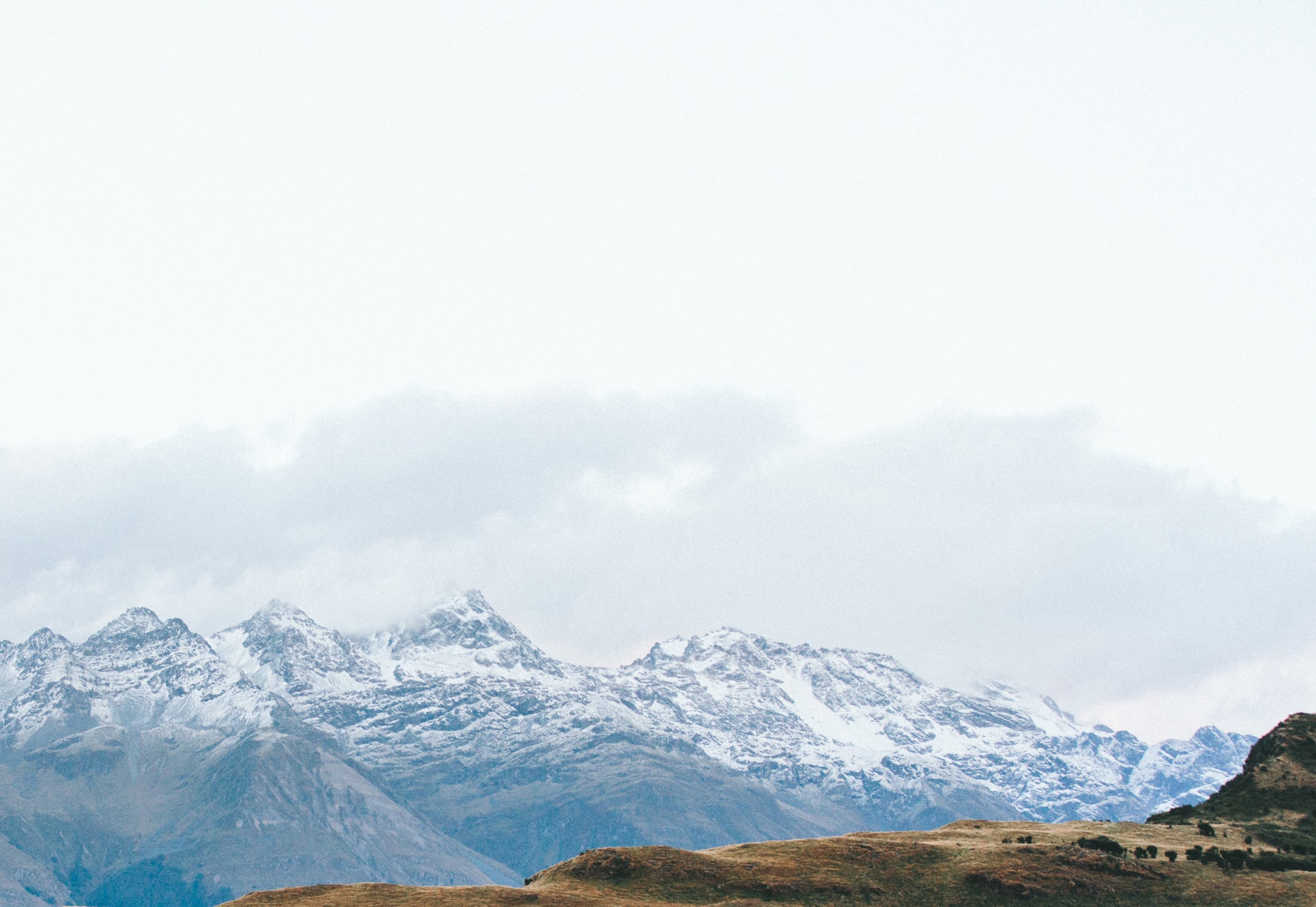We’re Save Not Pave —
a community group in Cottonwood Heights trying to keep Wasatch Boulevard safe, scenic, and human-sized.
No one here is against roads; we’re just against turning them into racetracks. We like trees, slower speeds, and the radical idea that you should be able to walk your dog without fear of being drafted into traffic.
Here’s the latest…
Big win for Cottonwood Heights — Gaylynn Bennion and Ellen Birrell both secured their seats, and that means something real for everyone who’s been showing up, speaking up, and hoping someone at City Hall might actually listen.
For the first time in a long time, Save Not Pave might have a voice at the table — a voice that understands safety, community, and that “open space” shouldn’t mean “future traffic lane.”
Ellen’s steady advocacy and Gaylynn’s fresh energy make a great combo for a city that’s ready to slow down (literally). This is a step toward safer streets, better planning, and a Cottonwood Heights that feels like a community again — not a corridor.
Rethinking roads, Driving Change
Discover Our Mission:
The Story Behind Save Not Pave
Cottonwood Heights, Utah. The word spread quickly when residents learned that UDOT had plans to expand Wasatch Boulevard into a seven-lane thoroughfare, a transformation that would make the scenic, peaceful gateway feel like a freeway. Wasatch Boulevard wasn’t just a road; it was a cherished pathway to outdoor recreation and a place where people found peace amidst nature.
Follow us on social
Contact Us
Interested in working together? Fill out some info and we will be in touch shortly. We can’t wait to hear from you!




